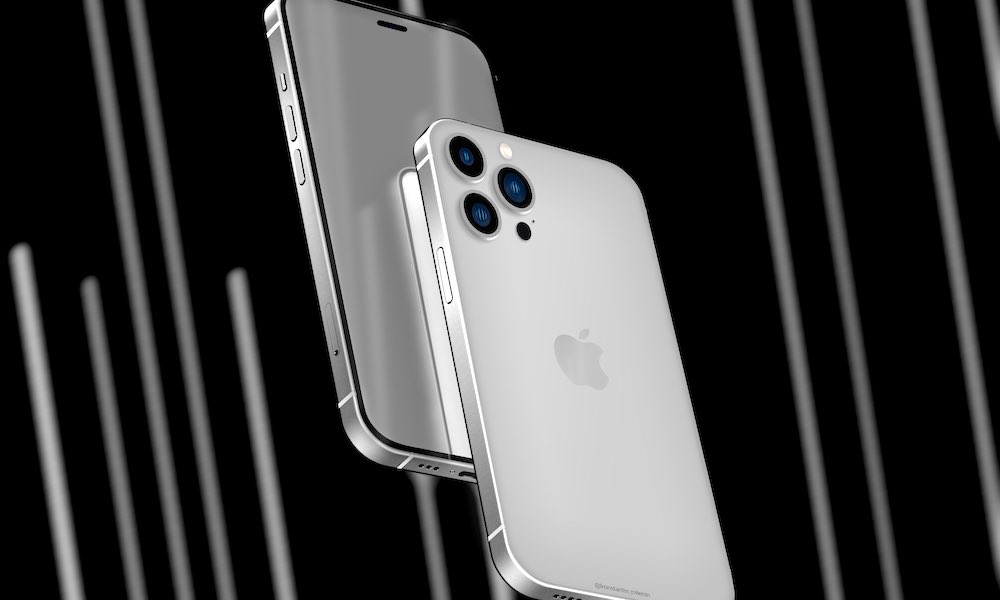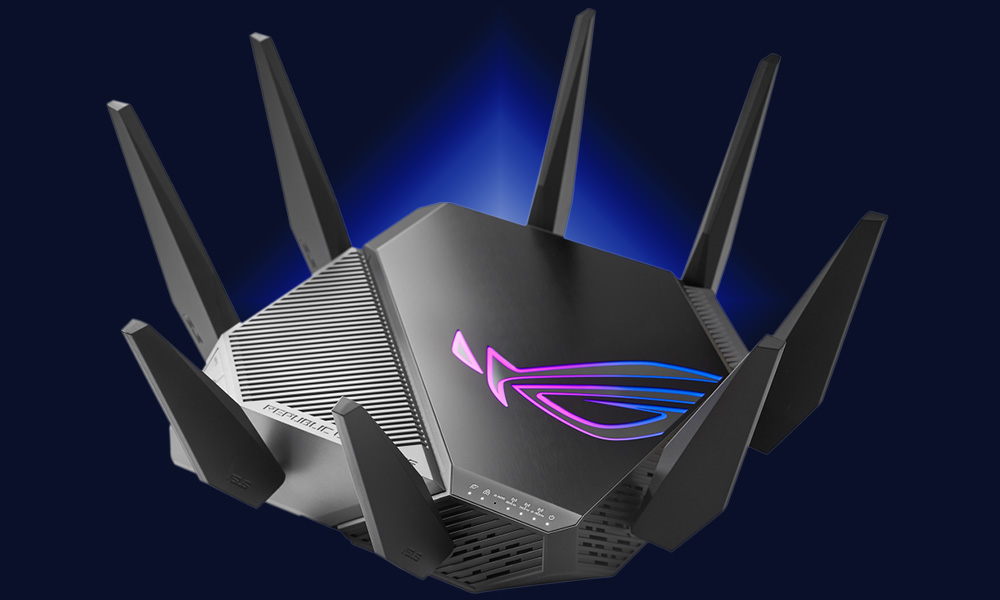Wi-Fi 6E Is Coming to the iPhone 15 Pro | Here’s What That Means For You
 Credit: Konstantin Milenin / Ben Geskin / Twitter
Credit: Konstantin Milenin / Ben Geskin / Twitter
Toggle Dark Mode
It’s looking more likely that Apple’s upcoming iPhone 15 Pro and iPhone 15 Pro Max will feature Wi-Fi 6E connectivity, improving the connection bandwidth for the handsets.
On Thursday, Barclays analysts Blayne Curtis and Tom O’Malley released a research note saying that Apple will limit Wi-Fi 6E connectivity to the two iPhone 15 Pro models. The iPhone 15 and iPhone 15 Plus will continue to offer connectivity for the more common Wi-Fi 6 standard.
Curtis and O’Malley’s comments jibe (at least in part) with previous rumors we’ve heard over the last six months or so.
In January, Apple industry analyst Ming-Chi Kuo wrote the upcoming iPhone 15 lineup will use the Wi-Fi 6E standard. However, Kuo did not offer up any information as to whether the entire iPhone 15 lineup would benefit from Wi-Fi 6E connectivity or if the feature would be limited to just the iPhone 15 Pro and iPhone 15 Pro Max.
Also in January, we saw Apple leaker Unknownz21 (@URedditor) tweet a document that featured diagrams of the upcoming iPhone 15’s antenna architecture. The document shows that the faster Wi-Fi 6E specification will only be available on the iPhone 15 Pro and iPhone 15 Pro Max, while the standard iPhone 15 models’ connectivity will continue to be limited to the Wi-Fi 6 standard rather than Wi-Fi 6E.
Wi-Fi 6 and Wi-Fi 6E both offer improved wireless connectivity. However, they deal with different spectrums and use cases. Wi-Fi 6, or 802.11ax, operates in the traditional 2.4 GHz and 5 GHz frequency bands used by previous Wi-Fi standards, improving data transmission efficiency in both bands. This offers improved performance when gaming online or streaming HD or 4K video.
Meanwhile, Wi-Fi 6E operates in the 6 GHz frequency band, which is less congested and can also take advantage of the band’s broader spectrum. This offers reduced congestion and more channels for data transfer. The 6 GHz band has less interference, lower latency, less congestion, and improved performance.
This means you’ll be better able to game online (including virtual and augmented reality games) or conduct augmented reality business presentations without the need to worry that your family members will use up your bandwidth streaming Hulu, Disney+, or Netflix. You also won’t need to worry about your neighbors slowing things down just because their router is on the same channel as yours.
There are certain drawbacks to the 6 GHz wireless spectrum, as it uses shorter wavelengths. While this means you’ll see faster data transfers, you may see some difficulties in getting a connection from a long distance from the router. Plus the 6 GHz spectrum suffers from increased interference from physical objects. This means thick walls or floors in a building can hamper your connectivity and slow connection speeds down.
It should be noted that you’ll likely have to replace your current router, as a Wi-Fi 6E router is a requirement to benefit from the new connectivity technology. Luckily, there are several companies already offering Wi-Fi 6E routers, including Asus, Linksys, Netgear, and TP-Link.
A small number of Apple devices already support Wi-Fi 6E, including the latest iPad Pro models, Mac mini models, and 14-inch and 16-inch MacBook Pro However, the iPhone 14 lineup only offers support for Wi-Fi 6.
[The information provided in this article has NOT been confirmed by Apple and may be speculation. Provided details may not be factual. Take all rumors, tech or otherwise, with a grain of salt.]









